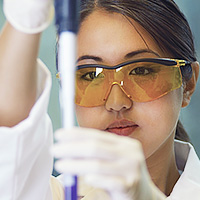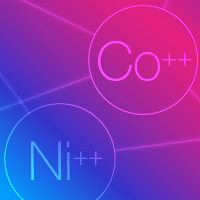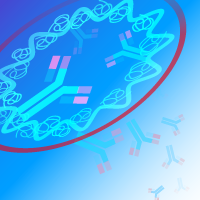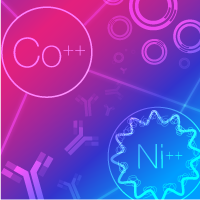User-generated protocol
Native purification with TALON resin, imidazole elution
Introduction
Native protein purification regimens use buffer conditions that preserve the native, three-dimensional structure and surface charge characteristics of a selected soluble protein during harvest from an expression host. The low affinity of TALON resin for non-his-tagged proteins minimizes contaminant carryover. In addition, increasing the ionic strength of the used purification buffers can minimize nonspecific interactions. When purifying proteins under native conditions, imidazole elution results in fewer coelution impurities than pH elution, making it a better choice for downstream applications which are not affected by the presence of imidazole.
Regardless of the conditions used and the nature of the his-tagged protein being purified, most applications will benefit from the presence of 100–500 mM NaCl in the IMAC (immobilized metal affinity chromatography) buffer. In many cases, adding glycerol or ethylene glycol neutralizes nonspecific hydrophobic interactions. Small amounts of nonionic detergent may also dissociate weakly bound species.
Takara Bio USA, Inc.
United States/Canada: +1.800.662.2566 • Asia Pacific: +1.650.919.7300 • Europe: +33.(0)1.3904.6880 • Japan: +81.(0)77.565.6999
FOR RESEARCH USE ONLY. NOT FOR USE IN DIAGNOSTIC PROCEDURES. © 2025 Takara Bio Inc. All Rights Reserved. All trademarks are the property of Takara Bio Inc. or its affiliate(s) in the U.S. and/or other countries or their respective owners. Certain trademarks may not be registered in all jurisdictions. Additional product, intellectual property, and restricted use information is available at takarabio.com.









